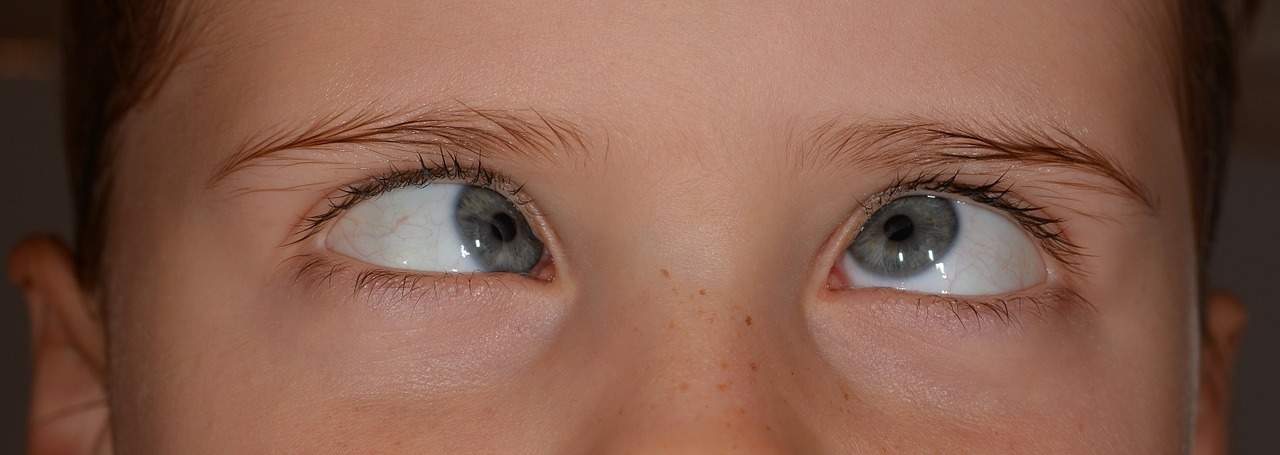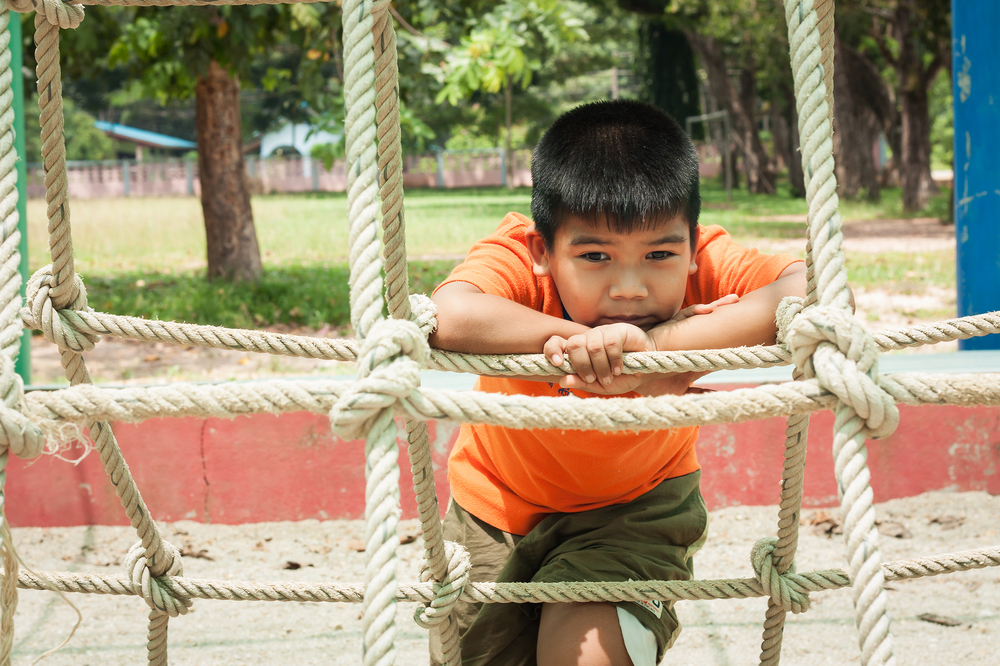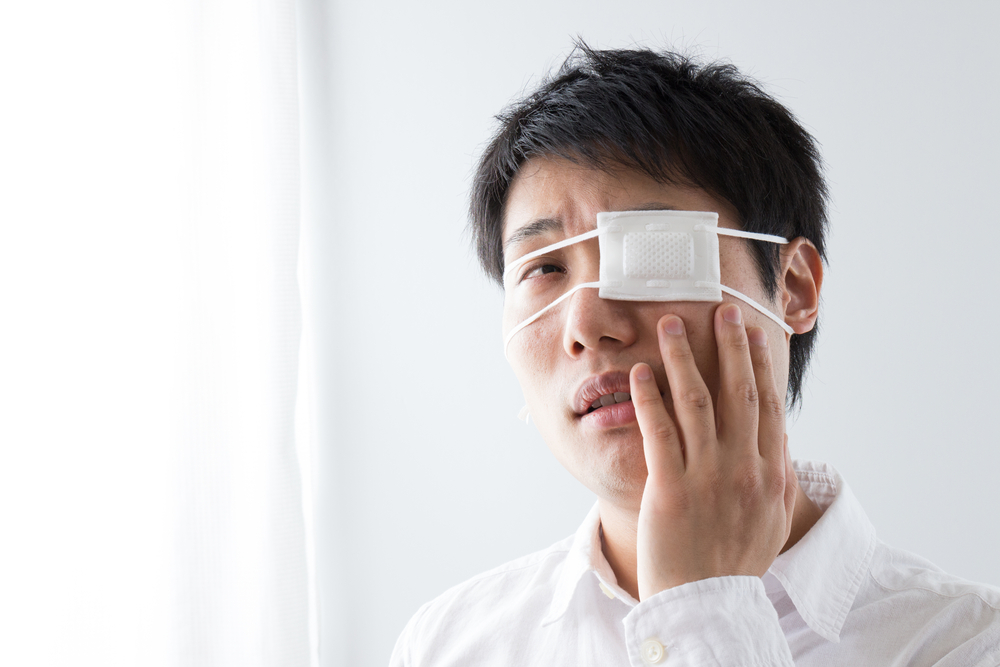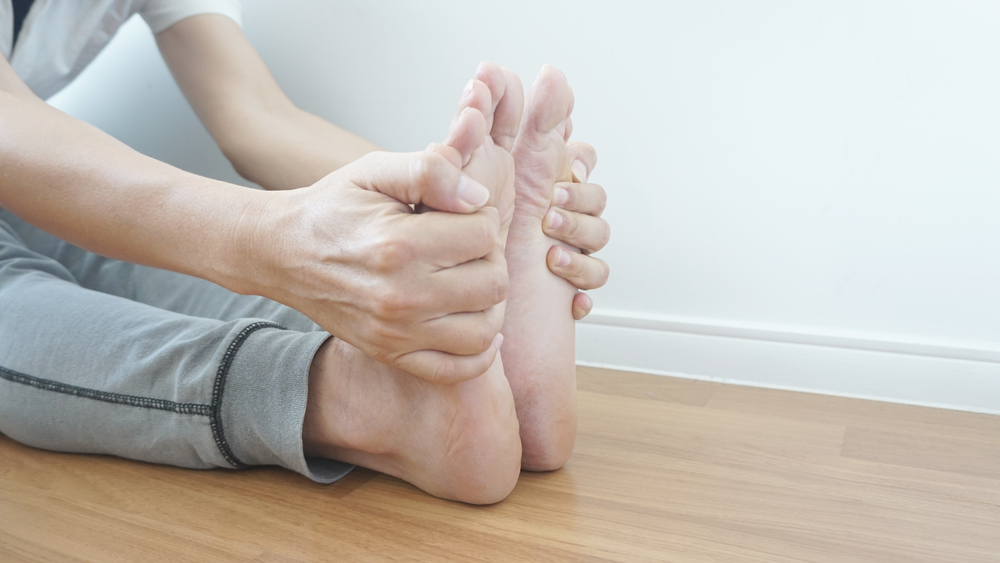Contents:
Medical Video: 3 Must Know Facts About Visual Floaters!
Squint eyes aka strabismus is a condition in which the position of the two eyes is not parallel, which causes the person's gaze not to be fixed on one object at the same time. One side of the eye can be reversed outward, inside, up, or down as it is distracted to look in another direction. In many cases, both eyes will be reversed alternately. Familiar with this condition?
Squint eyes are caused by parental genetic factors
Squint eyes usually occur in people who have poor eye muscle control or who have severe nearsightedness. In many cases, there is no definite cause for this eye condition. Squint eyes can occur all the time or only at certain times, such as when stressed, after a lot of reading, or due to an underlying disease. In addition to daily activities, squint eyes that only arise in adulthood can be a sign of an early stroke.
Some people are born with the position of eyes that are not naturally aligned. This is called the default squint. Squint eyes usually develop in infants and children, most often starting at the age of three, but not infrequently teens and adults can have this condition at one point in their lives.
The eyes in some babies may look slanted, but in fact the pair of eyes stare in the same direction. This condition is called pseudostrabismus aka fake squint. The appearance of this condition in infants may be caused by an additional layer of skin that covers the inner corner of the eye or the proportion of the width of the baby's nose.
In some cases, the incompatible position of the eyes is the result of a disruption in the nervous system, especially a collection of nervous systems that control the eye muscles which may be caused by tumors or genetic abnormalities.
However, do not overlook a squint. Indeed, the appearance of squinty eyes in the baby will disappear by itself as the face develops - but if the condition does not improve, squinting can continue into adulthood if left untreated. The doctor must check every child aged 4 months or more if the condition of his squint eyes has not changed at all.
The condition of untreated squint eyes can cause permanent bad vision on the affected side of the eye. This condition is called amblyopia aka lazy eye.
Squint eyes means having double vision? Not always
In each eye there are six muscles that function to control eye movements. These muscles receive signals from the brain that direct the direction in which the eyeball must move.
In the normal eye, both eyes work together so that they both point to the same object. When a problem occurs in the control of eye movements, the brain will receive two different images. At first, this will create double vision and confusion. When this incongruous eye position first occurs in adolescence or adulthood, the person can turn his head in an unusual way to look in a certain direction and avoid double vision.
However, the child's brain has enough monocular instructions to be able to understand which object lies in front of other objects. This is evident when you watch regular movies on a flat screen, where you will have no problem distinguishing three-dimensional structures. Over time, his brain will learn not to ignore the image projected from the side of his eyes upside down and create a blind spot in front of one eye, so he will see each object only once. However, this self-adaptation ability will disappear with age. If someone has crossed eyes since childhood and is not treated immediately, the eye's ability to see three dimensions (stereopsis) cannot develop.
So actually, there is no real confusion and disability that is experienced by the owner of the squint, except for special tasks that require extra concentration on the power of vision.
Squint eyes can be treated
Squint eyes can have a negative impact on the psychological and affect one's self-confidence, because these conditions interfere with normal eye contact communication with opponents of their religion so that it often causes shame and awkwardness when interacting with others.
To handle squint eyes, you should first consult an ophthalmologist. Non-surgical treatment may be recommended for the early stages of therapy, aiming to ensure that the inverted eye does not develop into an amblyopic (lazy eye). If this tendency is present in your condition, the doctor will prescribe special glasses to "force" lazy eye performance (with blindfolds or other methods) until harmonious eye vision can be achieved. In the case of squint eyes caused by chronic nearsightedness, these glasses can treat this condition until healed without having to undergo eye muscle surgery.
The main objective of vision therapy (including using glasses) is to ensure that lazy eye conditions get visual exercise before the child reaches the age of eight or more, or before permanent loss of vision occurs.
Surgical procedures to correct squint eyes are performed to strengthen or weaken the influence of one or more eye muscles. Ideally, this procedure is done during childhood if your child is diagnosed by squint. If this procedure is done as an adult, you will undergo the procedure under the influence of local anesthesia (the eye will feel numb, but you will still be aware of the surroundings).
Muscle strengthening means removing a small portion of one nerve end to be reassembled in the same location. This will make the eye muscles shorter, which will pull the position of the eye towards the side of the muscle. Muscle loosening is done to move the muscle back or make small slices in the muscle. This will have an impact on muscle weakness, which allows the squint to move away from the side of the muscle.
READ ALSO:
- 7 Causes of Dry Eyes, and How to Overcome It
- Various Facts You Need to Know About LASIK Operations
- 7 Fatal Errors Using Contact Lenses












